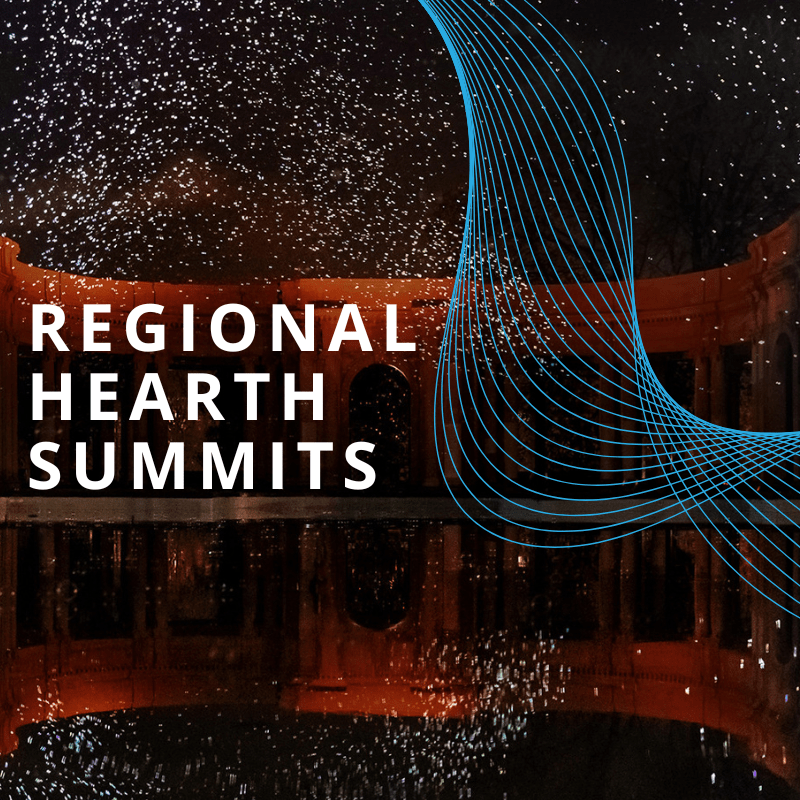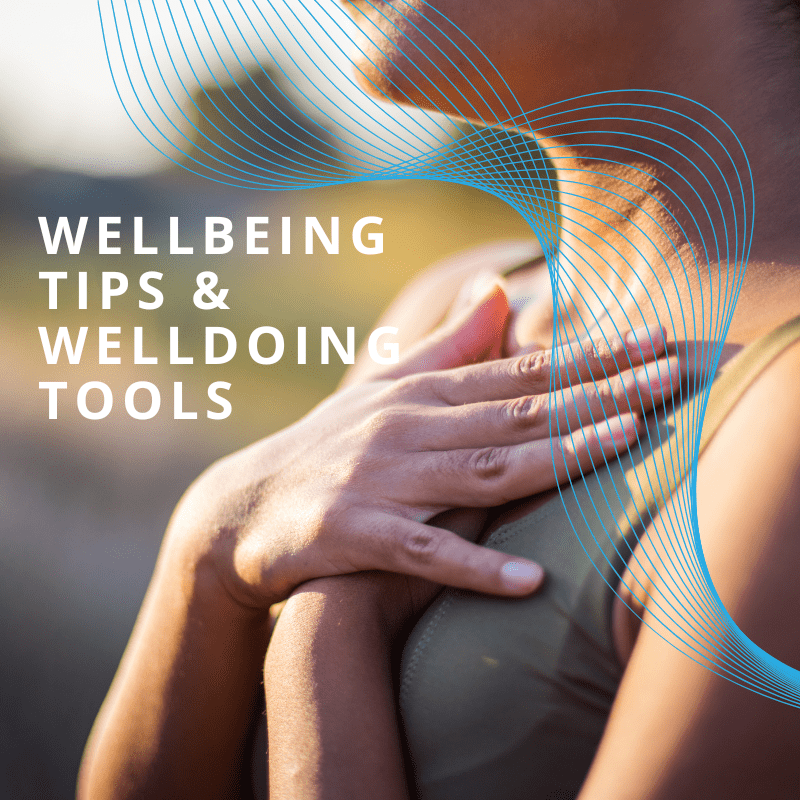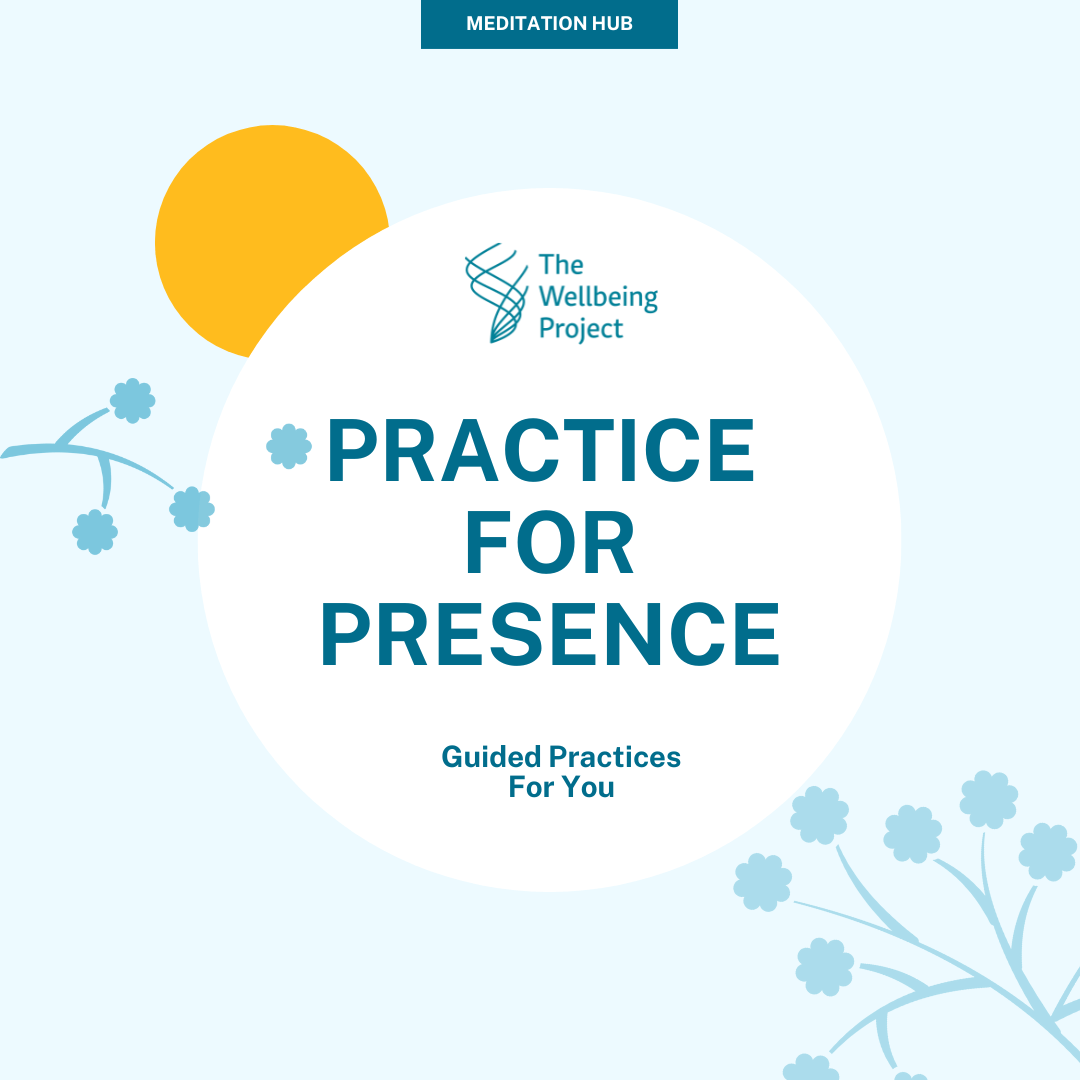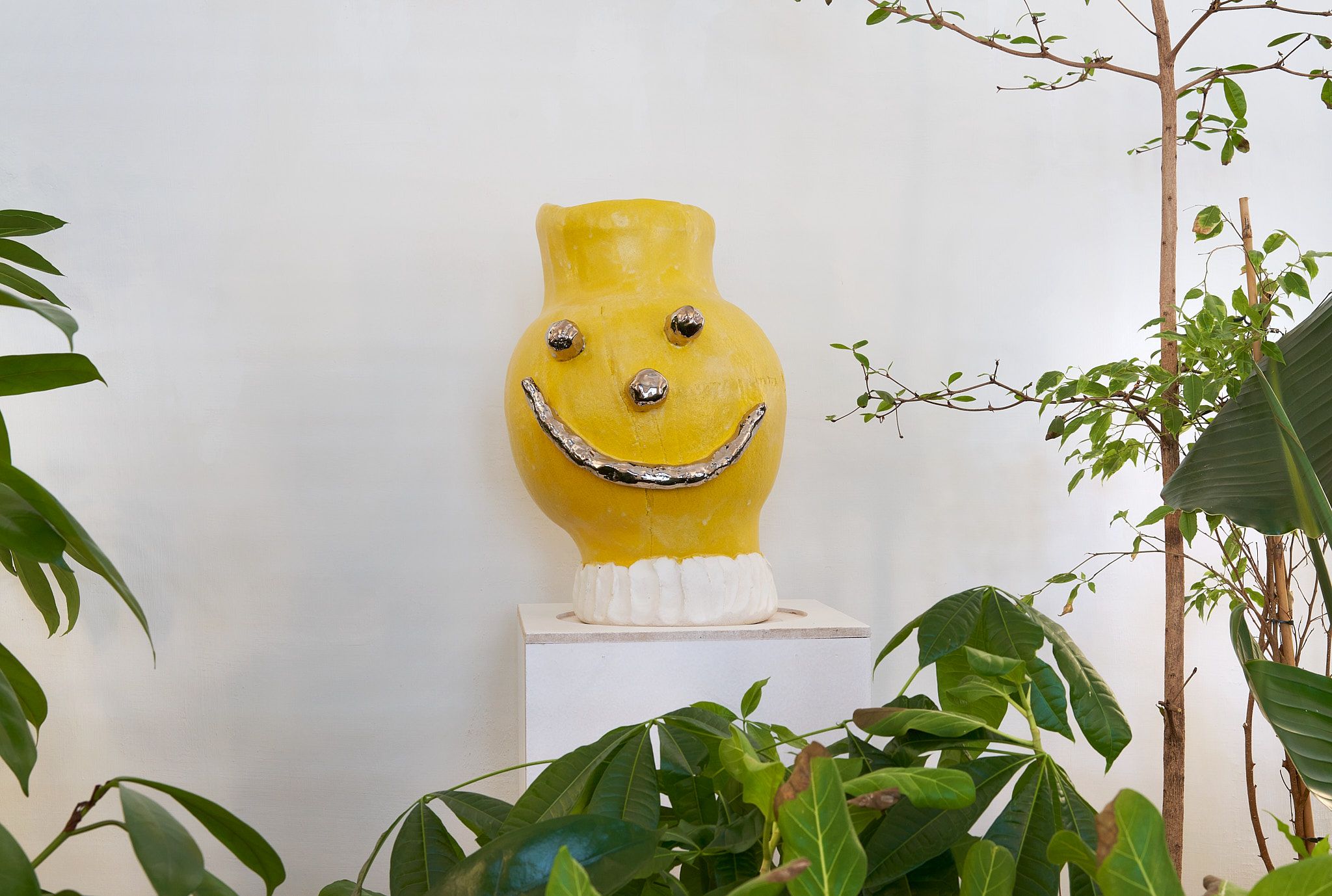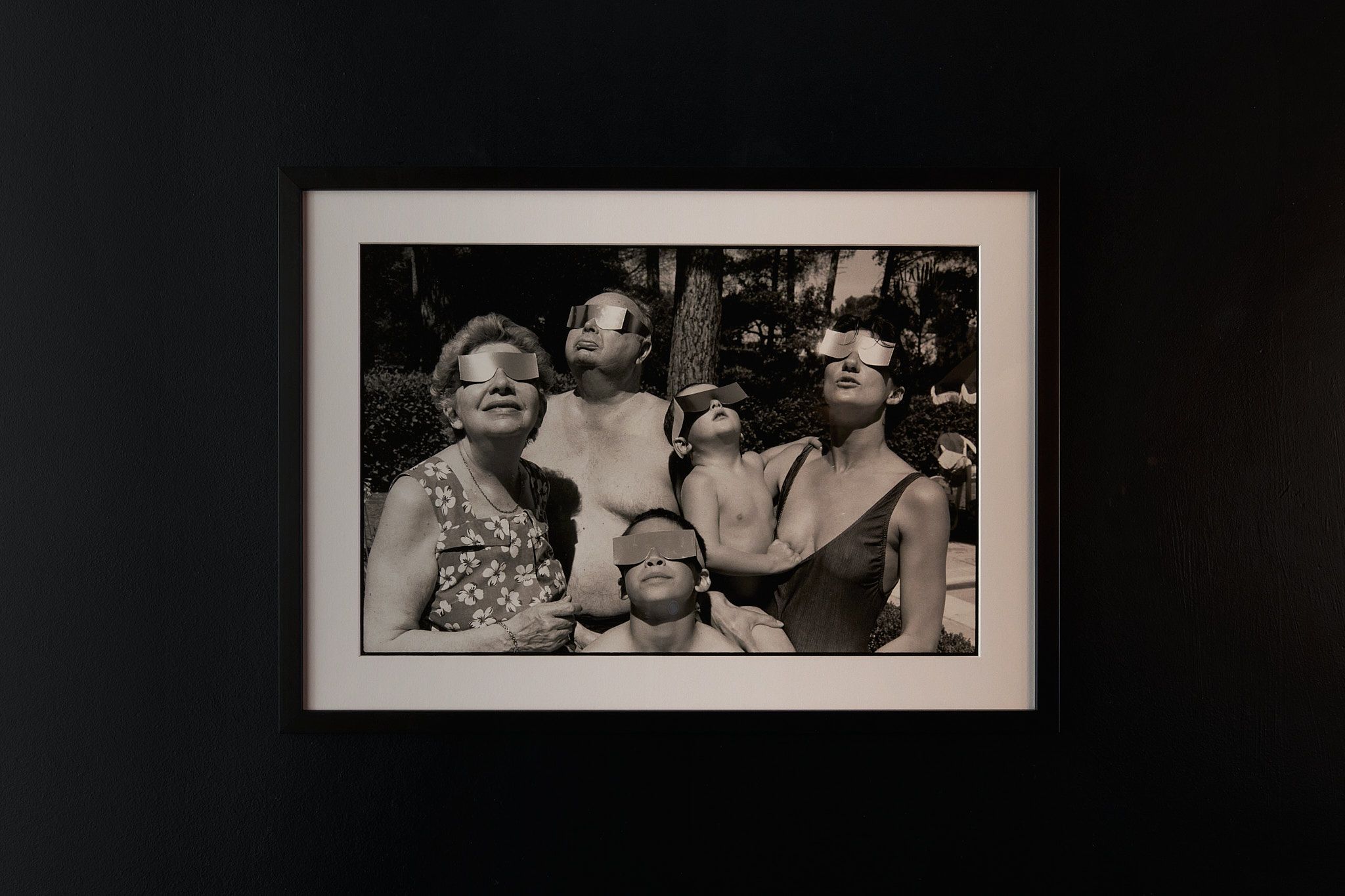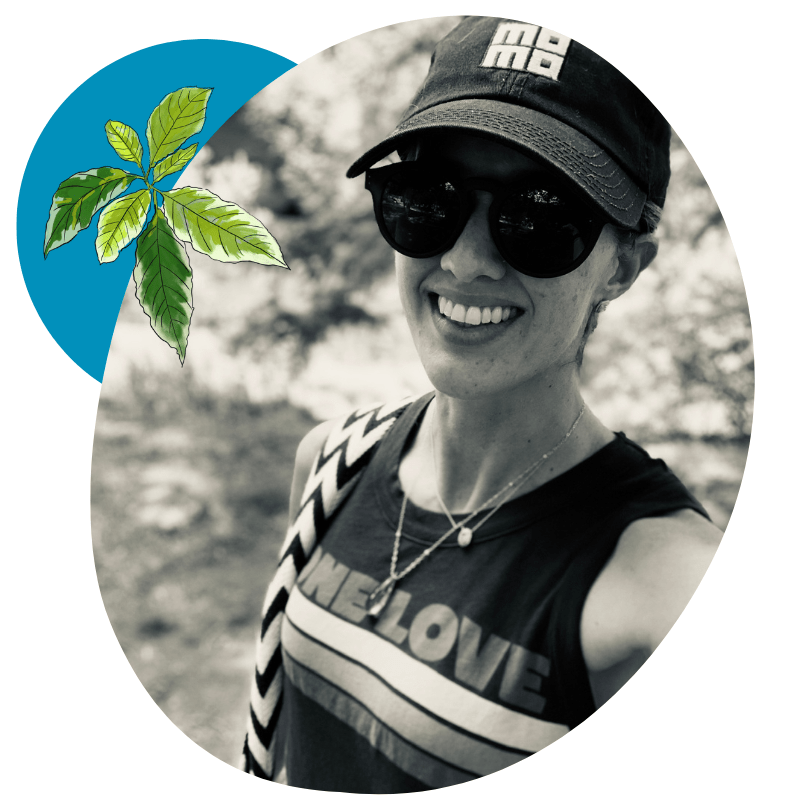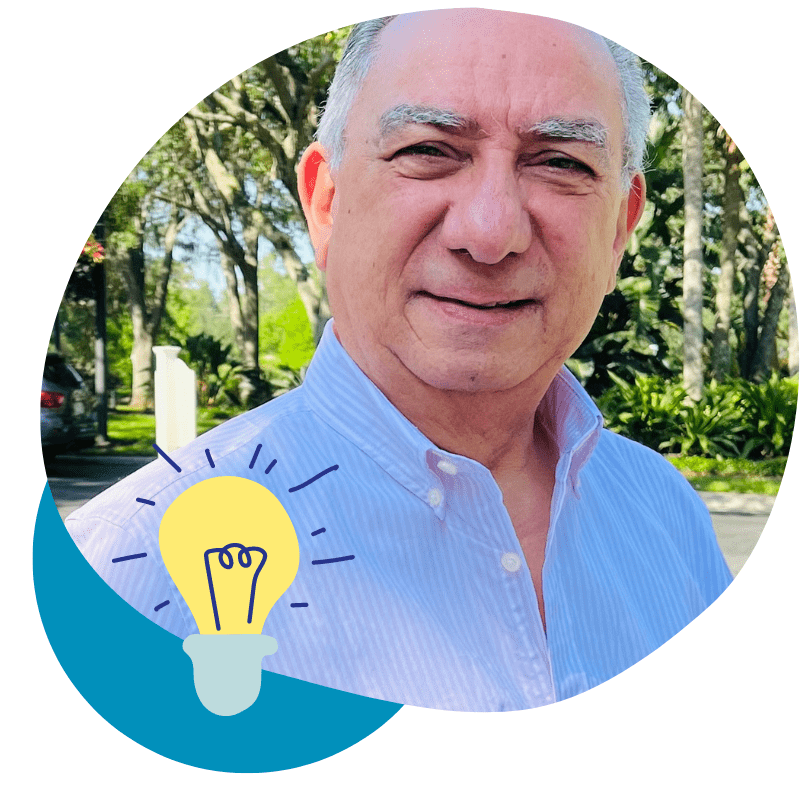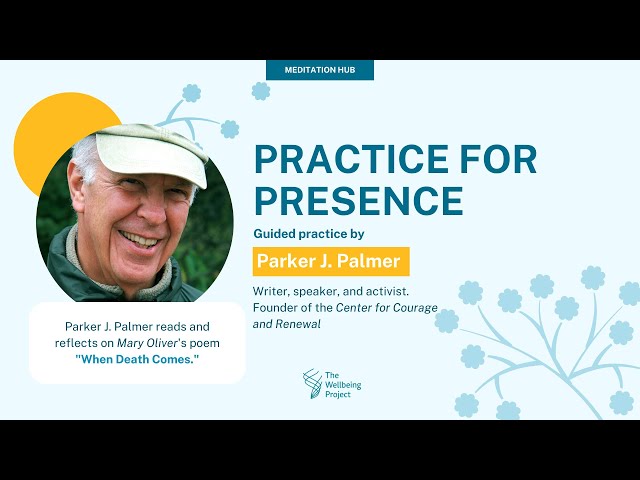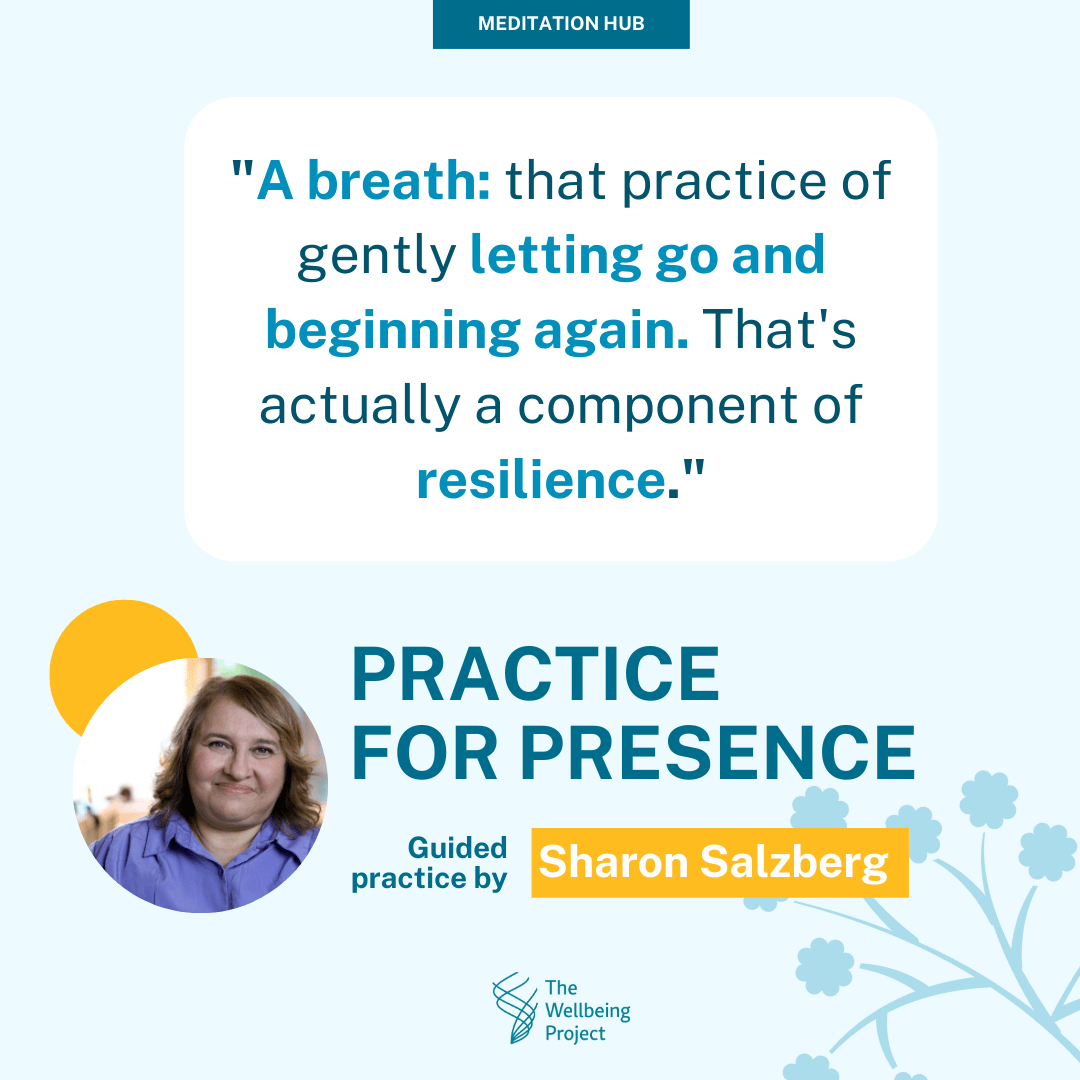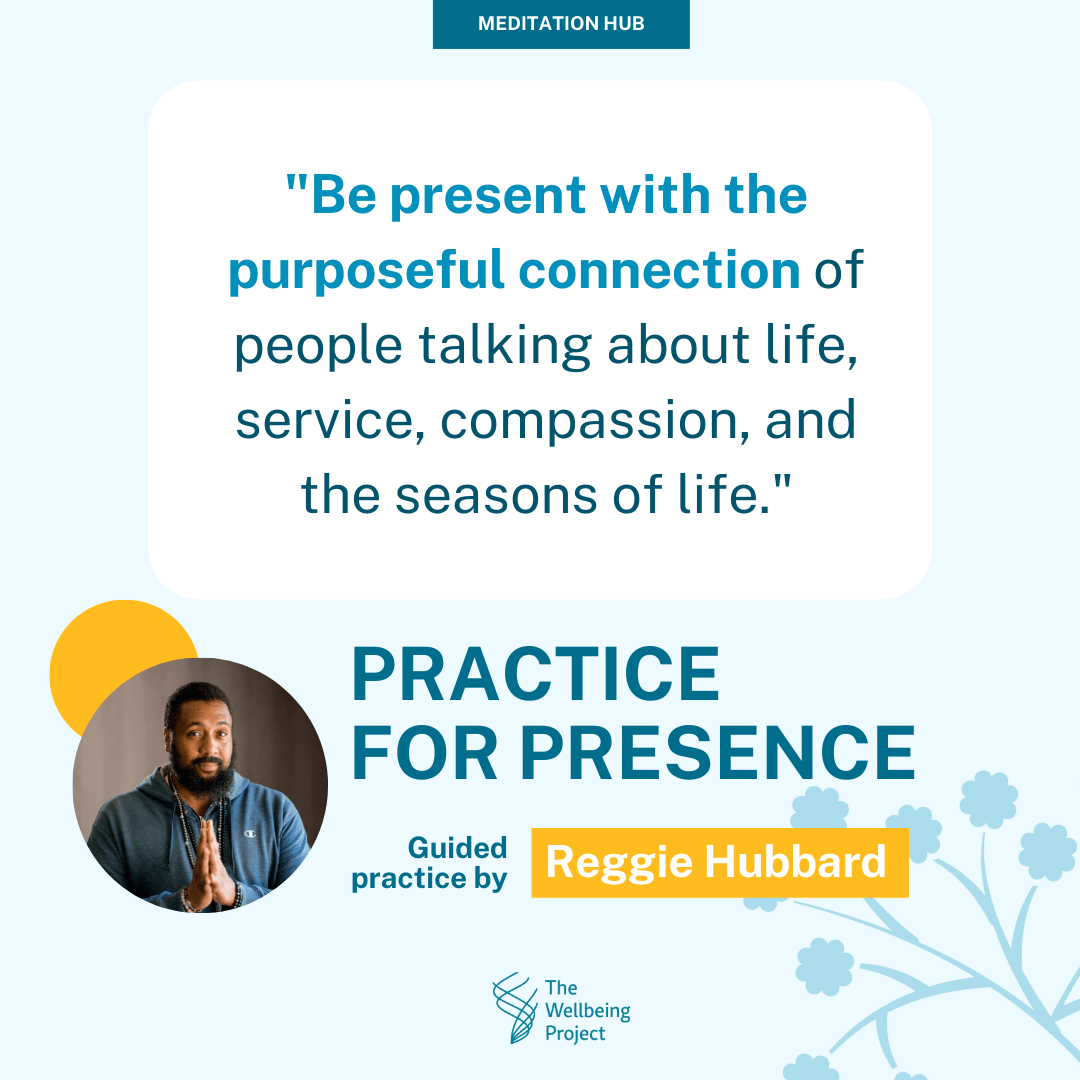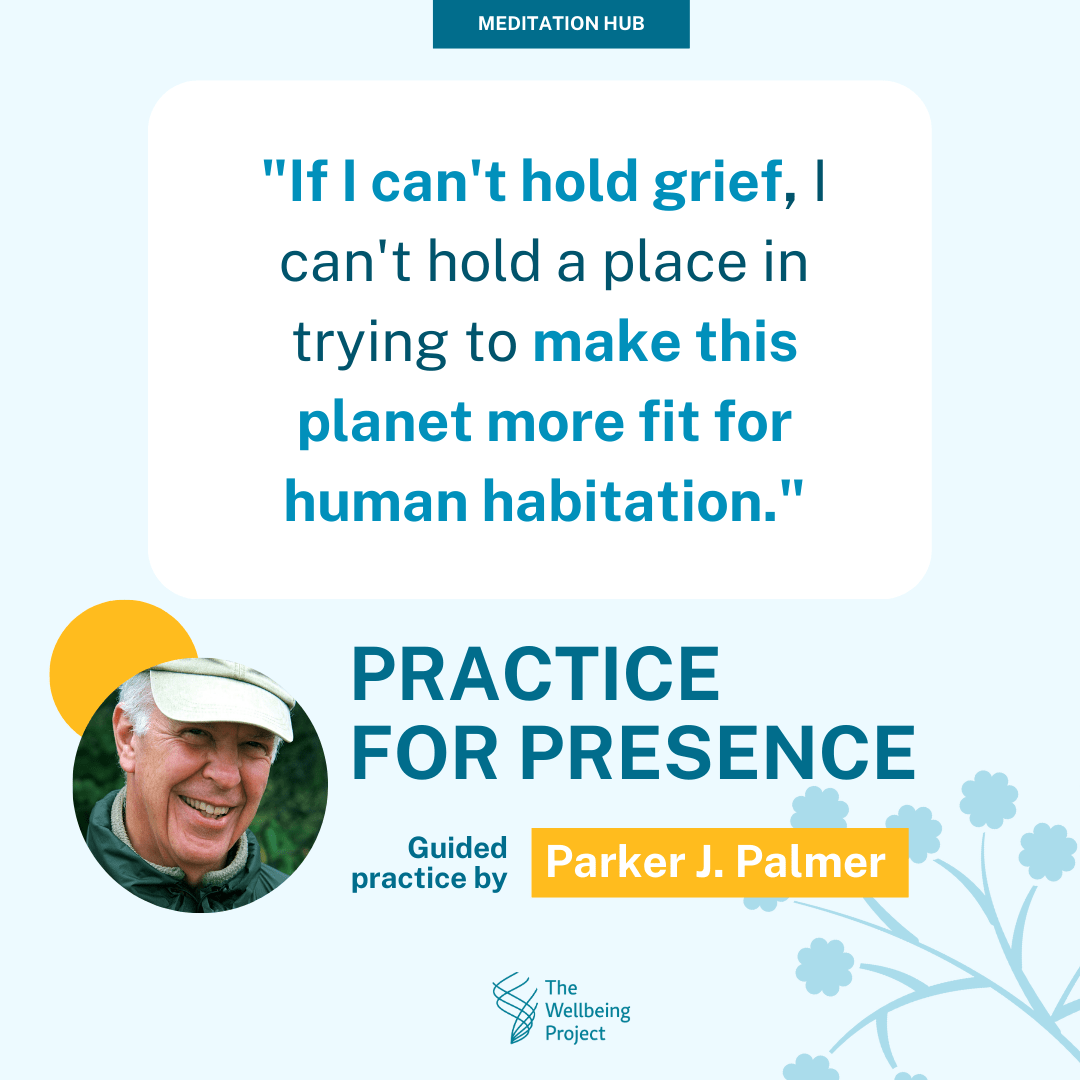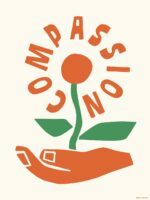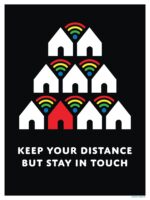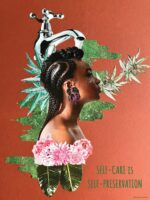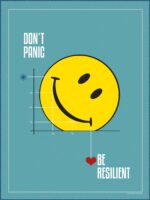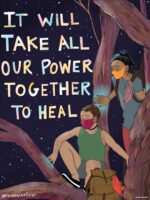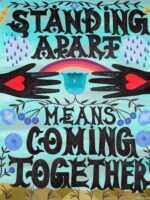
Experiencing Wellbeing Around the World Experiencing Wellbeing Around the World
Wellbeing Practices x Regional Hearth Summits
The regional Hearth Summits gather changemakers from a diverse range of cultures, backgrounds, and fields to explore the intersection of wellbeing and social change. The emotional and intellectual journey of a Hearth Summit inspires us not only to think about the presence of wellbeing in our lives — but to feel it too. We are offered a space to co-create global understandings of what wellbeing is, all the while believing strongly that wellbeing has no one true definition. It must be lived to be understood — and each of us has our own way of being well.
Throughout the regional Hearth Summits, changemakers are invited to explore how they can get in touch with and embody their wellbeing through a variety of practices. With options like physical movement, philosophical explorations, traditions and rituals, and evidence-based approaches, the regional Hearth Summits invite everyone to be well in their own unique way.
Explore the different ways the regional Hearth Summits are encouraging us to look inward and cultivate a sense of inner wellbeing.
Want more ideas for how you can practice wellbeing? You can also find other wellbeing tips here and tell us about your wellbeing practices.
Art as a Creative Outlet Art as a Creative Outlet
“Art has the power to transform, to illuminate, to educate, inspire and motivate.”
Harvey Fierstein
In Dhaka, participants were invited to explore the therapeutic benefits of painting, especially with bright colours, as part of a wellbeing workshop on the emotional boost of light and colours.
In Nairobi, artist Lindsay Dawn Obath guided participants in a self-portrait painting session, inviting them to reflect deeply on their inner worlds and identities, all the while playfully enjoying the simple act of painting.
Changemakers in Dakar-Thiès tried their hand at traditional African basket weaving led by IMADI, who taught them techniques that have been passed down for generations, from grandmothers to mothers to daughters.
In Dhaka, the workshop “Life is an Art” encouraged changemakers to slow down, pause, and enjoy a mindful moment before, in silence, using the arts to express their emotions and reflect on life experiences.
In Nairobi, changemakers took time to delight in the colorful art of floral bouquet design with a workshop guided by Floral Design Studio Kenya, a training studio led by three generations of family florists in Nairobi. The best part: taking your creation home to remember the extraordinary summit!
Awa Fall, who attended Tostan’s training programmes during her incarceration in the Thiès prison and then went on to establish her own tie-dying business, taught changemakers how to dye fabric. With Awa’s expert guidance, participants left the Summit with a hand-dyed scarf, a souvenir of their wellbeing practice.
The Healing Power of SoundThe Healing Power of Sound
“Music produces a kind of pleasure which human nature cannot do without.”
Confucius
In TheMerode’s “Zen Room”, Maïté Herkins guided guests through a therapeutic sound bath during session breaks during The Wellbeing Summit Brussels.
Harp therapist Alix Collin brought the beautiful, healing presence of the harp to The Wellbeing Summit Brussels, even inviting participants to sit against the harp to feel its healing vibrations as she played.
Reggie Hubbard created a harmonious blend of sound by performing a crystal bowls concert amidst the natural melodies of nature thriving at the Omega Institute.
Complimenting the natural soundtrack of birds chirping and leaves rustling in the gardens of Bangla Academy, Swayambhu led participants through a tranquil journey of sound and breath.
MINDFULNESS AND BREATHWORKMINDFULNESS AND BREATHWORK
“Feelings come and go like clouds in a windy sky, conscious breathing is my anchor.”
Thich Nhat Hanh
Amid thought-provoking talks, captivating art performances, and energizing social activities, the regional Hearth Summits remind us there is always time to slow down and notice our breath.
Find your own breath with our guided meditations here.
THE WISDOM OF MEDITATION
SESSION AT Hearth Summit São Paulo
In São Paulo, Daniel Calmanowitz, Vice President of Lama Gangchen Foundation for the Culture of Peace, shared the wisdom of meditation with changemakers and how it can impact individual and collective wellbeing. As a disciple of the Tibetan Buddhist master H.E. Lama Gangchen Rinpoche, a Buddhist practitioner since 1987, and an ordained monk since 2011, Daniel offered profound wisdom from the Buddhist tradition in a cross-cultural dialogue at Hearth Summit São Paulo. Watch the session (in Portuguese).
THE GREAT OUTDOORS THE GREAT OUTDOORS
“Some old-fashioned things like fresh air and sunshine are hard to beat.”
Laura Ingalls Wilder
Taking in the pristine setting of the Omega Institute‘s campus in upstate New York, changemakers enjoyed guided nature walks throughout the gathering. Delegates explored the natural curiosities of the 250-acre campus, filled with gardens, hiking trails, and a lakefront, which invited them to imagine a new season of life for themselves — and the world.
Nestled in the gardens of Tamarind Brasserie, Hearth Summit Nairobi offered changemakers a serene retreat into nature. The forested space not only provided space for changemakers to immerse themselves in nature, but also to interact with some new friends: cats, hares, tortoises, and monkeys regularly roamed through the space throughout the event.
In Dhaka, participants could try on a green thumb by planting seedlings of trees and flowers at a gardening station. Within the gardens of Bangla Academy, a serene oasis of vegetation in the heart of the bustling streets of Dhaka, the Summit allowed changemakers to connect with the Earth, create beauty, and strengthen local biodiversity.
Exercise and Movement Exercise and Movement
“He who has health has hope, and he who has hope has everything.”
Arabian Proverb
Shamima Akhtar Tulee, the first Bangladeshi woman to earn the Shotokan Karate Blackbelt, got changemakers moving in an invigorating chair workout in Dhaka, perfectly adapting movements for all types of abilities and experiences.
In Dakar-Thiès, changemakers discovered capoeira, a Brazilian martial arts practice, with Grupo Africa Capoeira – Ilha de Gorée. In between sessions and discussions, the opportunity to move with a unique fusion of different cultures brought fresh energy and power to the afternoon.
At many Hearth Summits, gentle movements like yoga and stretching invite everyone to turn inwards and develop a stronger connection with their physical selves. Here in Bogotá, a secluded rooftop space for yoga created an extra special moment for mind, body, and soul.
DANCE DANCE
“The drums are humanity’s common pulse.”
Shannon Thunderbird
Since the dawn of humanity, people have gathered around fires to be in community by sharing rituals and practices, such as dances. Our Hearths are no different!
MINDFUL MOMENTS
“Nature does not hurry, yet everything is accomplished.”
LAO TZU
In Brussels, Buddhist monk Bart Weetjens guided changemakers through a silent, mindful lunch. Offering prayer and gratitude for the food before them, changemakers ate together in silence, savouring the taste and nourishment of the meal along with the tranquillity of the moment spent together. A delicious moment for body and soul!
FUN AND GAMES
“A little nonsense now and then is cherished by the wisest men.”
Roald Dahl
Who says playtime is just for children? In Nairobi, time for fun and games was scheduled intentionally throughout the program to create space for joy, fun, and bonding among participants. Different games and activities created moments of lightness amidst deep conversations and interactive workshops — a delightful reminder of the value of creating balance in the world of social change.

